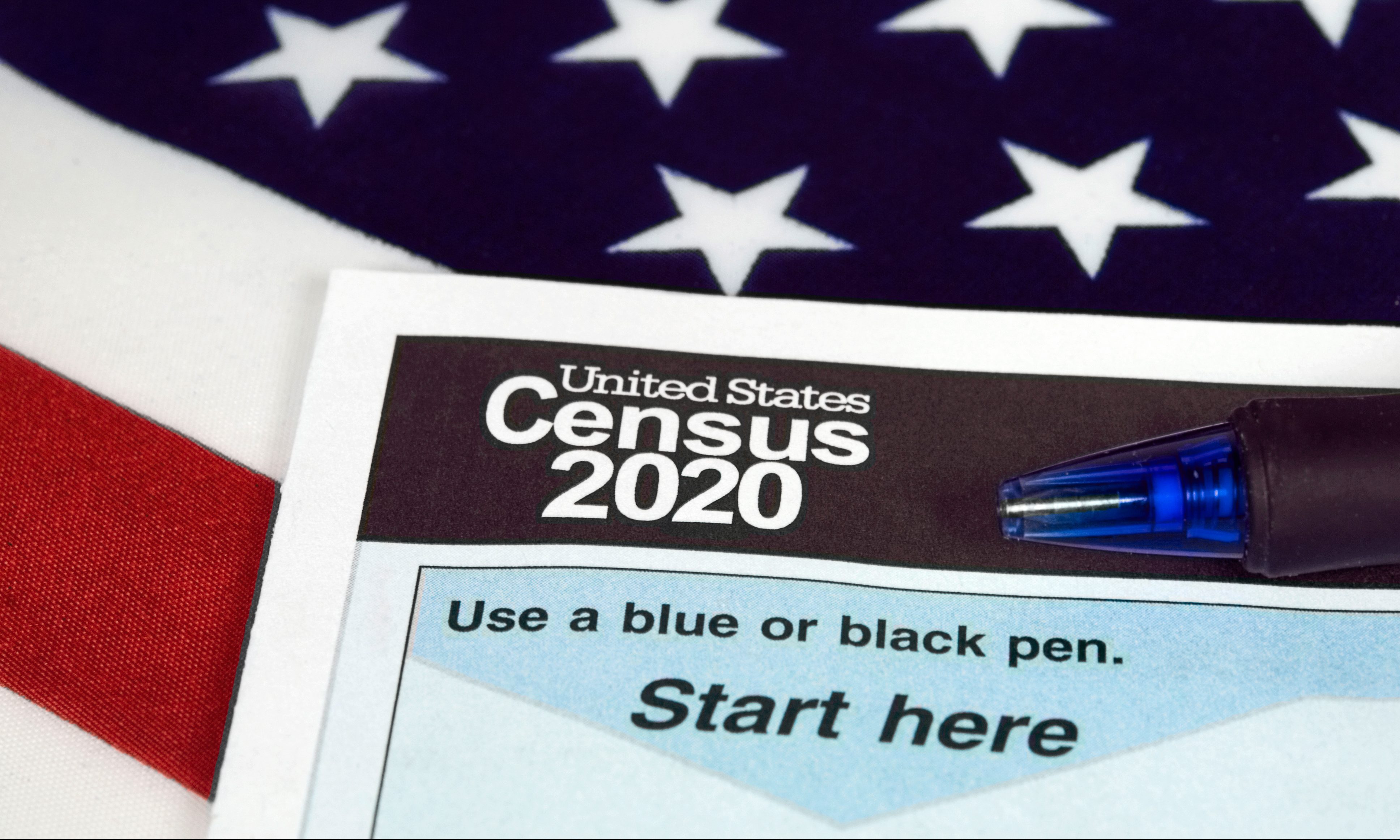With the 2020 Census underway, Alabama could be at risk of losing a congressional seat due to a slowly growing population.
Census data also determines the number of seats each state has in the House of Representatives. Congressional and state legislative districts are also drawn using census data.
The census results will also show what communities need certain services like roads, schools, clinics and more.
The results will also determine the amount of federal funds that will be allocated to programs like Medicaid, the Supplemental Nutrition Assistance Program (SNAP), Head Start and others.
Projections from The Public Affairs Research Council of Alabama (PARCA) indicate the loss of a Congressional seat and that Alabama is vulnerable to be the state that loses that seat due to a low growing population.
PARCA found that Alabama’s population grew 2.3 percent since 2010 and that every other southeastern state, except Mississippi, has outpaced Alabama’s population growth rate. Nationally, 34 states grew their population faster than Alabama did between 2010 and 2018.
As of March 25, Alabama’s self-participation rate is slightly ahead of the nation at 27.7 percent compared to 26.2 percent. For comparison, the state’s final self-response rate in 2010 was 62.5 percent. Within Alabama, Autauga County leads all counties at 33.4 percent.
“An accurate Census count is now more important than ever as state and local governments will be coping with a very different post-pandemic reality,” a statement from PARCA read.
To ensure all Alabamians are counted in the 2020 Census, an advisory group called Alabama Counts! was formed to promote the census at the state and local level.
“Even if the efforts of Alabama Counts! Are exceedingly successful, Alabama may well lose a congressional seat,” PARCA’s projection read. “Census workers simply cannot count people who are not here. And Alabama is simply not growing as fast as other states.”
Click here to begin filling out the 2020 Census questionnaire.




















































